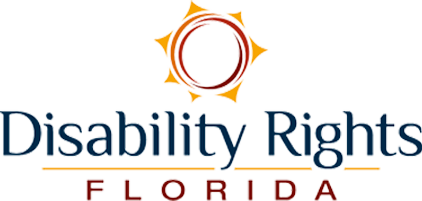Hillsborough County – Newest School District Restraint and Seclusion Policies and Procedures
The two places you need to look to find Hillsborough County’s district policies and procedures are:
a) Hillsborough County’s current Exceptional Student Education Policies and Procedures (SP&P) (pages 4a – 4n) updated March 2012 and
b) Hillsborough County’s Reasonable Force and Restraint Policy, which is located in Appendix D of the SP&P as well as on the School Board of Hillsborough County’s Bylaws & Policies website.
Both documents can be accessed from this FLDOE link:
http://www.fldoe.org/ese/ppd/Hillsborough.pdf
This link takes you to the Reasonable Force and Restraint Policy where it is posted by the county:
http://www.neola.com/hillsborough-fl/
From January – April 2012, Hillsborough County reported that 49% of its restraints were prone restraints and 6% were mechanical. According to their policies and procedures, Hillsborough County uses both prone and mechanical restraint.
They also use physical restraint and seclusion.
Hillsborough County policies state they encourage that prone restraint only be used to prepare to transport an individual to a safe area. The policies state that ESE Teams provide direct support to school site personnel to help reduce the number of prone restraints.
Hillsborough County policies also say that mechanical restraint is only used when law enforcement or a resource officer is involved and uses handcuffs. The policies also state that ESE Teams provide direct support to school site personnel to help reduce the number of mechanical restraints.
For August 2011-June 2012, Hillsborough County reported 897 instances of restraints on 355 students.
Hillsborough County also reported 362 instances of seclusion on 177 students.
Hillsborough County uses the Techniques for Effective Aggression Management (TEAM) and Nonviolent Crisis Intervention (NCI) programs.
Hillsborough County allows either program to be chosen by the school or the participant, but recommends the TEAM program if staff is dealing with “physically challenging behaviors”.
If you would like to learn more about TEAM and NCI, their websites might be helpful:
http://www.teaminterventions.com/
http://www.crisisprevention.com/Specialties/Nonviolent-Crisis-Intervention
Please note that NCI is a specialized offering from Crisis Prevention Institute (CPI).
Six other counties (Indian River, Lake, Lee, Okeechobee, Sarasota, and Sumter) also use the TEAM program.
TEAM is a 3-day training offered every month. NCI is offered six times each year. The TEAM program requires annual recertification.
Hillsborough County does not require annual recertification for NCI. However, the district’s NCI trainers must be annually certified.
Hillsborough County requires schools to identify staff members assigned to students who may exhibit behaviors that can pose an imminent risk of harm to themselves or others. Those staff members are required to be TEAM certified.
Training in NCI appears to be optional and voluntary.
Hillsborough County’s goal was to achieve a 10% reduction in R/S use.
Their plan for reduction of R/S includes these activities:
- Review behaviors, strategies, PBS and progress monitoring
- Communicate with parents/guardians when behavior issues become evident
- Create/revise FBA/BIP when warranted
- Convene IEP teams
- Develop emergency plans
- Initiate reevaluation if more data and info is needed to address a student’s behavioral needs
- Provide additional professional development in various areas
- Problem solve to make data driven decisions
- Meet monthly at the district level and offer recommendations to area ESE teams
Hillsborough County also has a district policy titled Reasonable Force and Restraint that states that staff may apply reasonable force and restraint “to quell a disturbance threatening physical injury to others, to obtain possession of weapons or other dangerous objects upon or within the control of the student, to defend themselves, or to protect other persons or property”.
